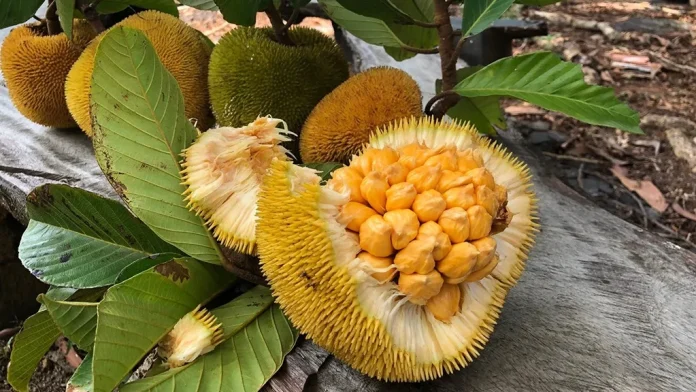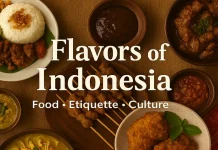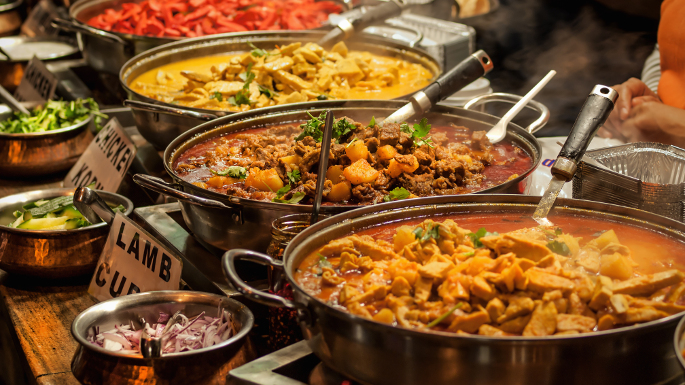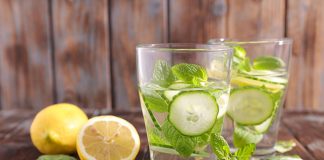Indonesia is a tropical country that is also rich in rainforests, making this archipelago rich in a variety of fruits spread from Sabang to Merauke. The most common native fruits of Indonesia are mangos, papaya, durian, banana and others.
Not many people know of the many types of fruits spread across Indonesia, some fruits are quite difficult to find, unique, and maybe not even known to many people. These fruits usually only grow in a few areas because of the type of soil or certain climate in each area.
It is not uncommon for many foreign tourists to come all the way to Indonesia to taste these rare fruits. Curious about these rare fruits in Indonesia?
The following is a list of unique and rare fruits in Indonesia for you to taste at least once in your life:
1. Buah Merah (Red Fruit)
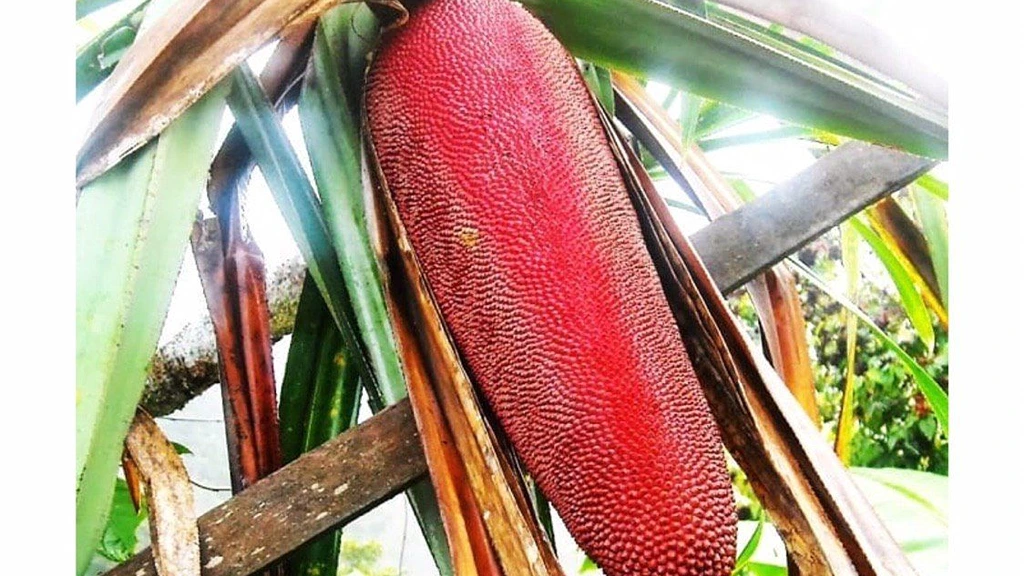
Red Fruit comes from Papua, especially in the Papua Mountains area. Papua itself is a province in Indonesia located on the island of West New Guinea.
Red Fruit has the Latin name Pandanus conoideus which is also known as kuansu. The way to consume this fruit is either by eating directly, boiling, and baking it. In addition, the seeds and flesh of the Red Fruit are also made into a thick red sauce as a cooking spice. In fact, Red Fruit extract oil can also be used as a food flavoring and natural coloring.
Red Fruit contains antioxidants such as vitamin E, vitamin C, alpha-carotene, beta-carotene, and anthocyanin dyes. This fruit is known as an anticancer fruit because of its tocopherol content which reaches 11,000 ppm and beta-carotene which reaches 7,000 ppm.
2. Wanyi
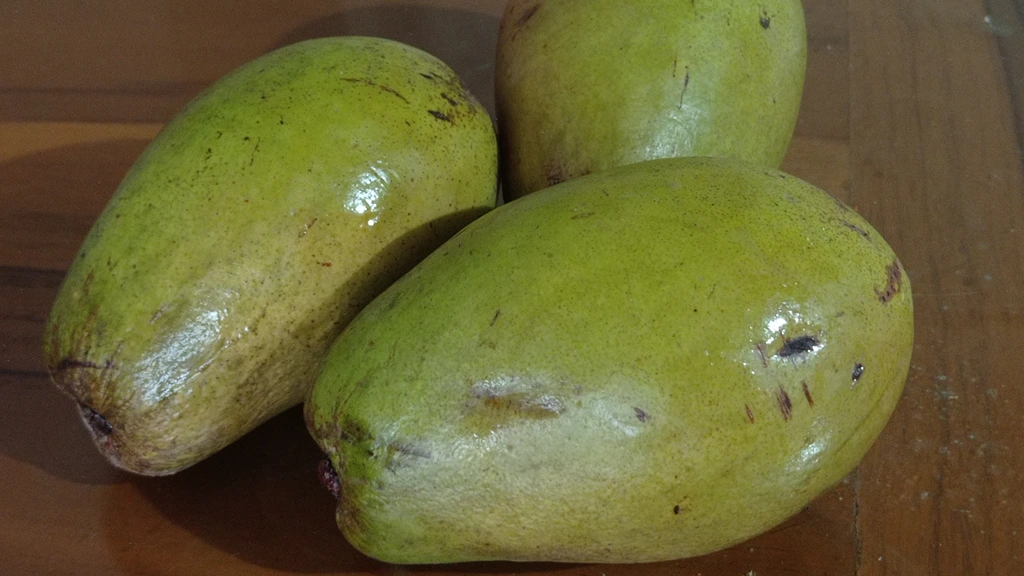
Wanyi fruit usually grows in forest areas in Kalimantan, generally most in East Kalimantan.
At first glance, the wanyi fruit looks like a mango, although it looks similar, but wanyi is larger than a mango and this fruit has a fairly sharp aroma like jackfruit.
Wanyi contains a lot of fiber so it is suitable for the body’s digestive system. Another benefit is that it can help bone formation because Wanyi contains phosphorus. In addition, the source of antioxidants in this fruit can ward off free radicals from pollution.
3. White Mangosteen
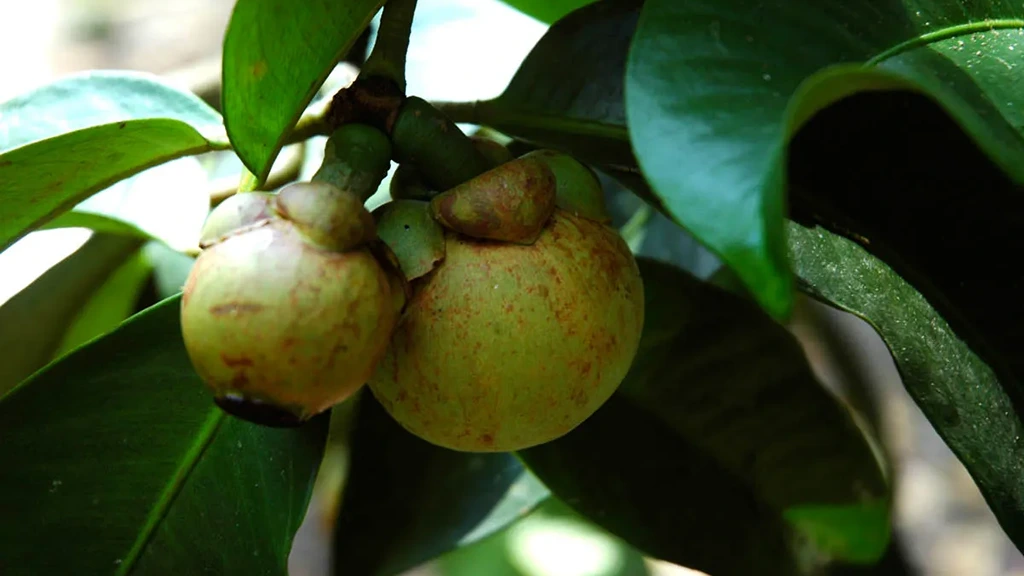
From the Lingsar area, West Lombok Regency, West Nusa Tenggara, is an exotic fruit native to Indonesia – white mangosteen. Another name is elephant ear mangosteen.
Unlike most mangosteens, the skin of this mangosteen is white. White Mangosteen has a sweeter taste with crispier flesh. The glucose content of this fruit is also higher than other mangosteens but with less water content.
White mangosteen is very good for health because it contains protein, folic acid, phosphorus, magnesium, calcium, iron, zinc, manganese, sodium, and other substances. However, because of its high glucose content, this fruit is less suitable for diabetics.
4. Buni
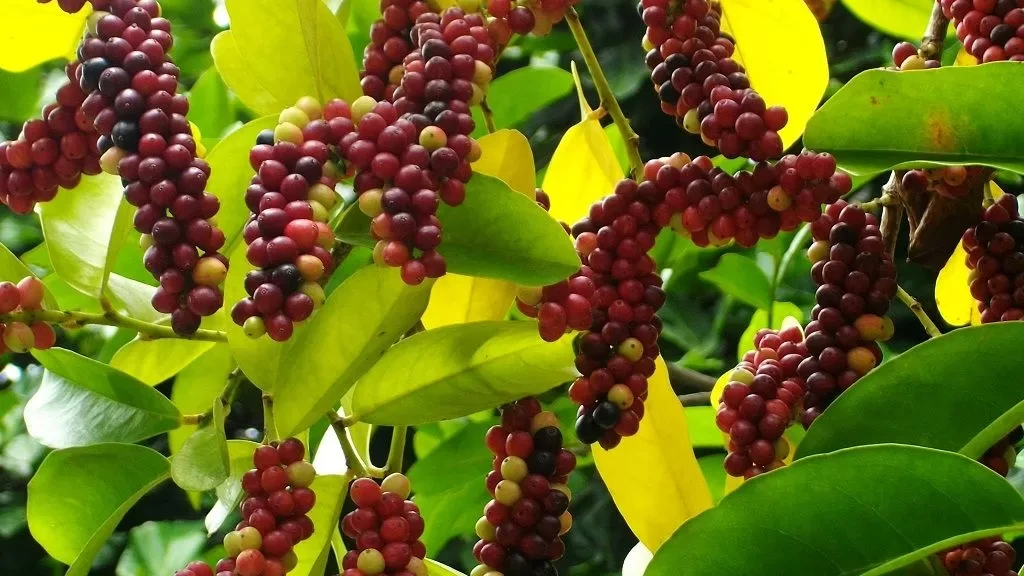
The names for this fruit vary, for example in Sunda this fruit is called Huni and in Java it is called Wuni. This fruit, which has the Latin name Antidesma bunius, is the same family as cermai fruit.
The shape of Buni fruit is similar to cranberry or grapes with a yellowish and blackish red color. The texture is very juicy and is usually made into fruit salad and jam.
Buni has many benefits such as preventing diabetes, treating diarrhea, preventing colon cancer, lowering blood pressure, fighting premature aging, maintaining heart health, eye health, and increasing endurance.
5. Lahung
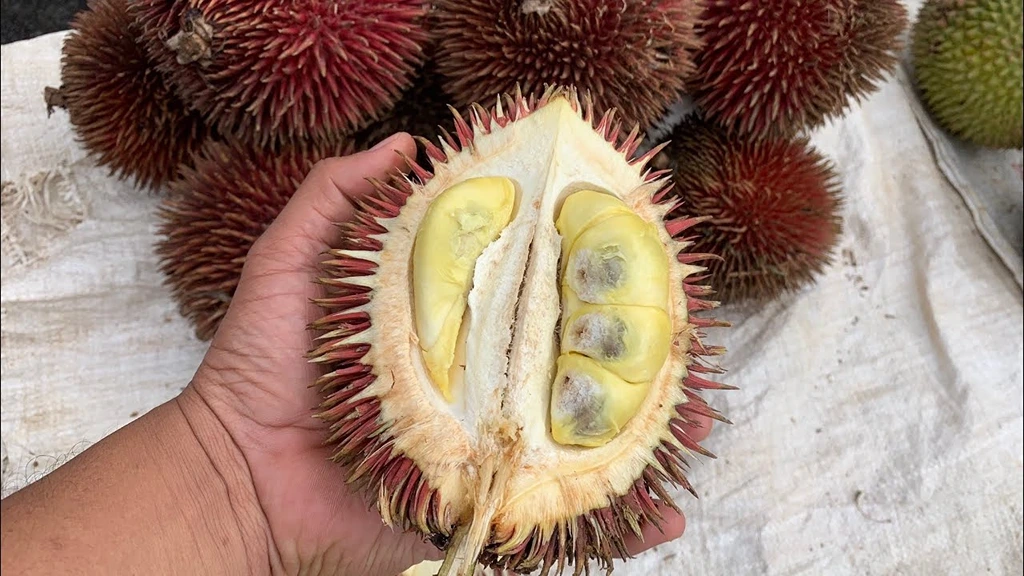
Lahung is an exotic fruit originating from Kalimantan with a shape similar to durian in general, but has a striking difference in the color and size of its thorns. The skin of lahung is red to dark purple, with smaller, sharp, pointed and denser thorns than durian.
The flesh of lahung is orange to pink, with a soft texture and a distinctive sweet taste with a little acidity, similar to caramel but has a lighter taste. Lahung has a strong aroma, and is often considered sharper than durian.
Lahung contains strong vitamins C and E, good for maintaining healthy skin and the immune system. Its fiber content is also good for digestion. In addition, there are important minerals in it such as iron and calcium.
6. Burahol
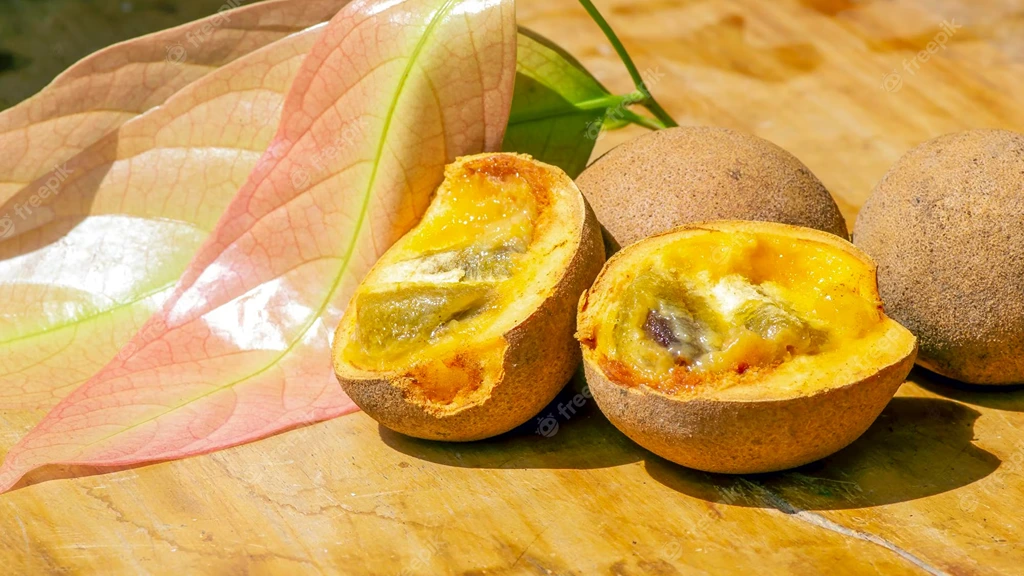
Another name for this fruit is kepel fruit indigenous to the Special Region of Yogyakarta.
Kepel fruit is a very specific fruit, it tastes sweet, a combination of mango and papaya, it smells very fragrant and fragrant.
The benefits of this fruit have long been known to the palaces of Yogyakarta and Surakarta as a deodorant, breath freshener, and urine freshener.
7. Gandaria
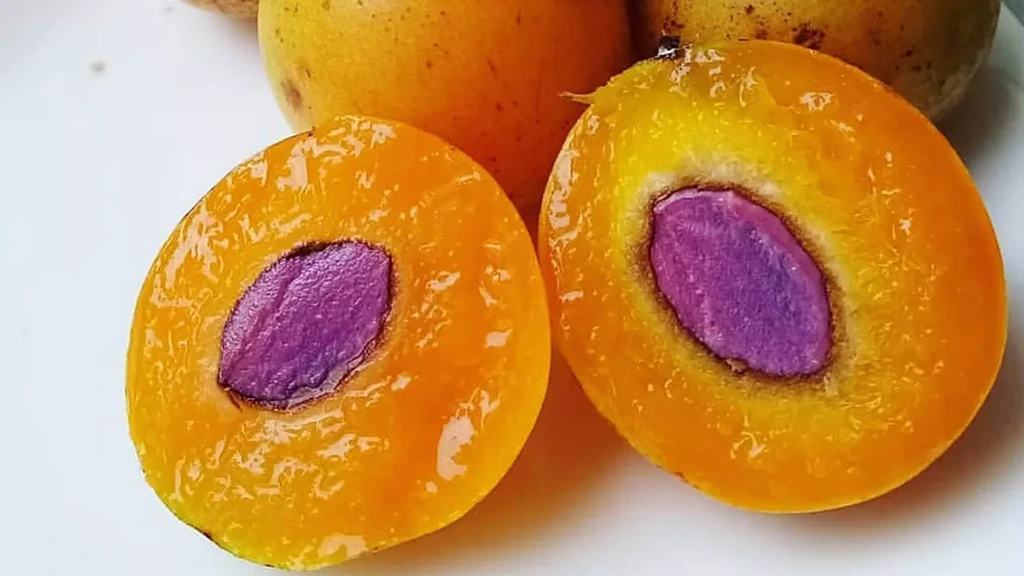
Gandaria comes from the Indonesian and Malaysian islands. This plant grows in tropical areas, and is widely cultivated in Sumatra and Thailand.
Other local names are jatake or kundang. This fruit has a round shape like a small ball with oval-shaped seeds in the middle with a sour taste.
Gandaria fruit is rich in vitamin C to maintain the body’s immune system. In addition, this fruit also contains other nutrients that are good for health, and is even believed to prevent premature aging and overcome constipation.
8. Kemang
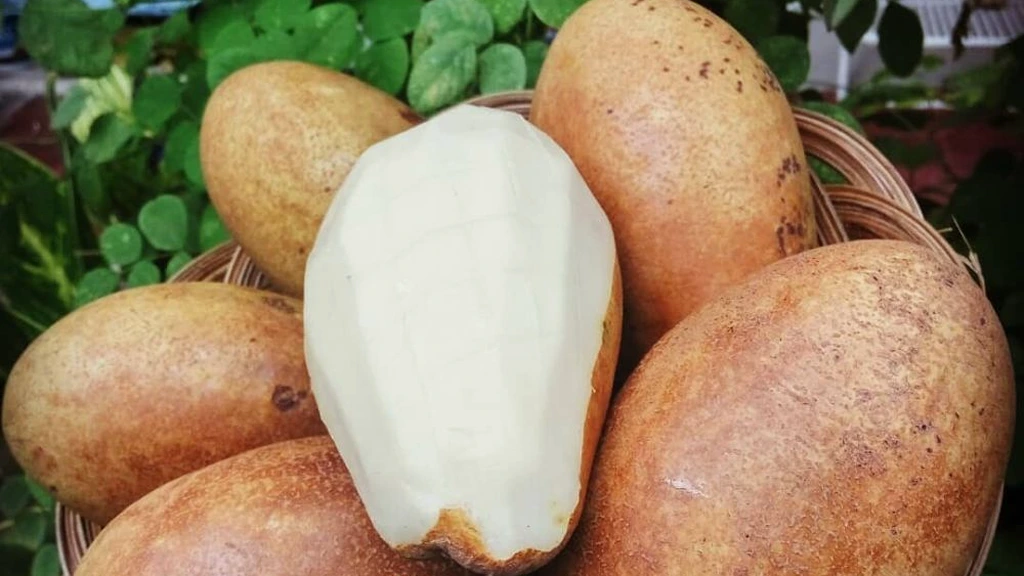
Kemang fruit is a native of Southeast Asia. This fruit has a shape similar to a mango, but is rounder and larger.
The skin is green when young and turns yellow when ripe. The flesh of the kemang fruit is yellowish white, with a soft texture and a sweet and sour taste and a slightly fragrant aroma.
Consuming kemang fruit regularly can help maintain our digestive health. Kemang fruit contains flavonoid compounds, such as quercetin, which have been linked to good heart health.
9. Bisbul
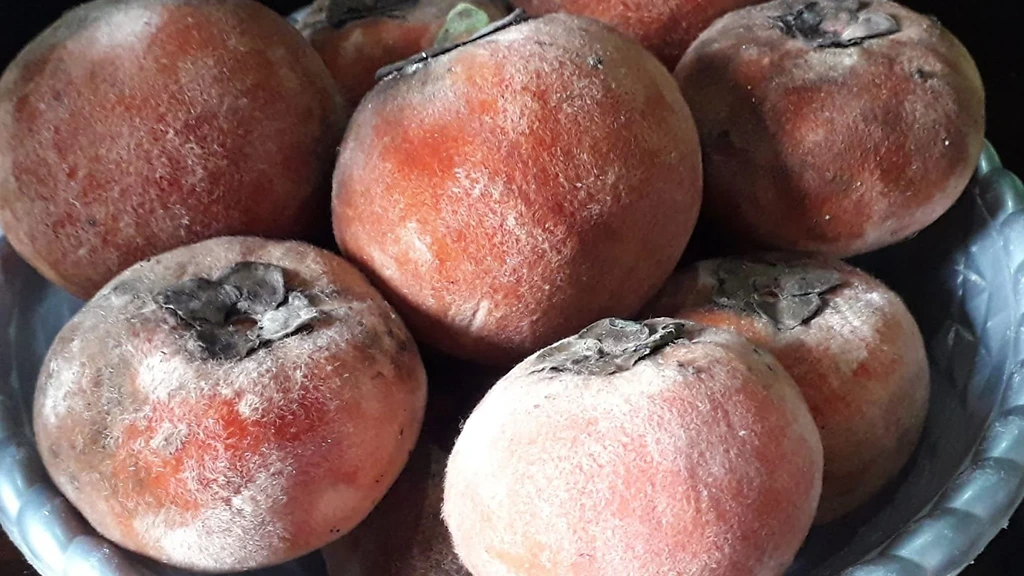
The Bisbul fruit tree can be found in the Bogor Botanical Gardens area. This tree is quite rare and is only found in tropical areas with a wet climate in the lowlands to the middle plains. This fruit is named Bisbul because it is inspired by its shape which is like a baseball.
The Bisbul fruit has a shape that almost resembles a persimmon. This fruit has fine hairs that cover the skin of the fruit. The Bisbul fruit, which is better known by the public as the butter fruit, has a distinctive aroma.
This fruit is very useful for lowering blood pressure. It is also rich in fiber so it can lower cholesterol and reduce the risk of blood clots. The content of vitamin A and vitamin C in the Bisbul fruit is used as an antioxidant that can increase the body’s immune system.
10. Kecapi
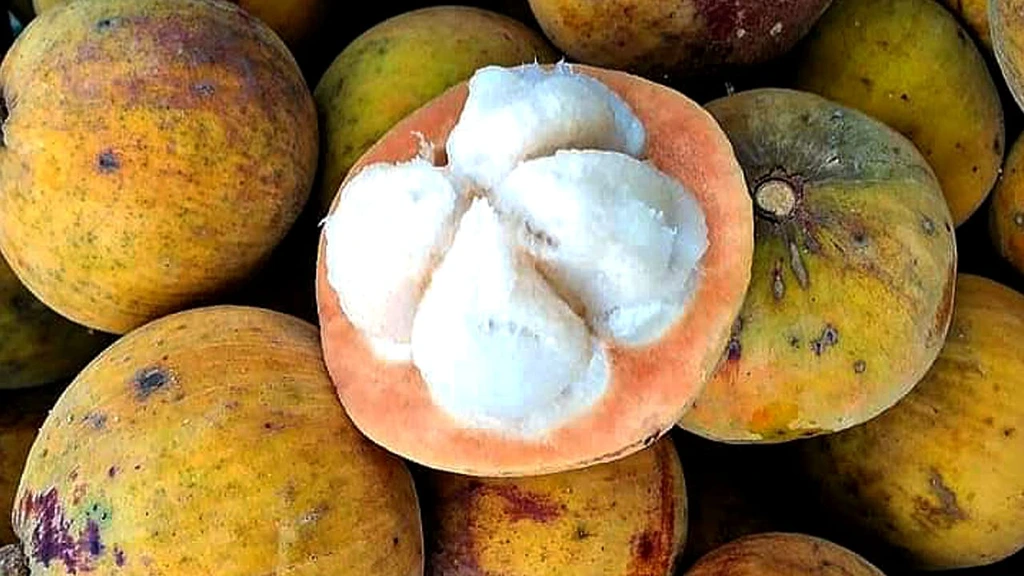
Kecapi fruit is known as the fruit of the Betawi people, because in ancient times the Betawi people planted many Kecapi trees in their yards. Kecapi can be found in forest areas with an altitude of 1,200 meters above sea level.
Another name for kecapi fruit is the Sentul Tree. This fruit is almost similar to mangosteen, only different in color. Its shape is round and flat with a diameter of about 5-6 centimeters with a golden yellow color and fine hairs. Kecapi fruit tastes quite sweet with a little sourness.
The benefits of this fruit are to increase body immunity, lower bad cholesterol, help control weight, maintain digestive health, prevent diabetes, prevent hemorrhoids, and improve memory.
11. Keledang
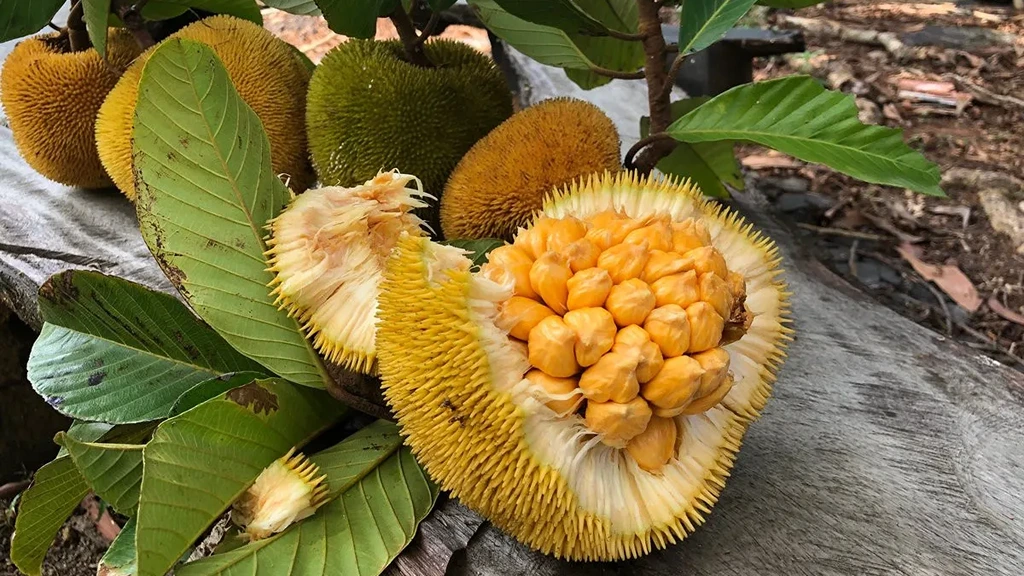
Keledang fruit or commonly known as bangsal is one of the rare types of fruit from Kalimantan. The keledang fruit tree can reach 40 meters in height. This fruit looks like jackfruit with a different color of flesh. It tastes sweet, the sensation is like a collaboration of jackfruit and mangosteen flavors.
The tree of this fruit is also known as a producer of good wood and is widely used as raw material for making furniture, boats, and household appliances.
The phenol content in the fruit can be used as a medicinal ingredient and protects the body from the dangers of free radicals. Not only that, this fruit is also useful for helping to regenerate damaged body cells.
12. Kelubi
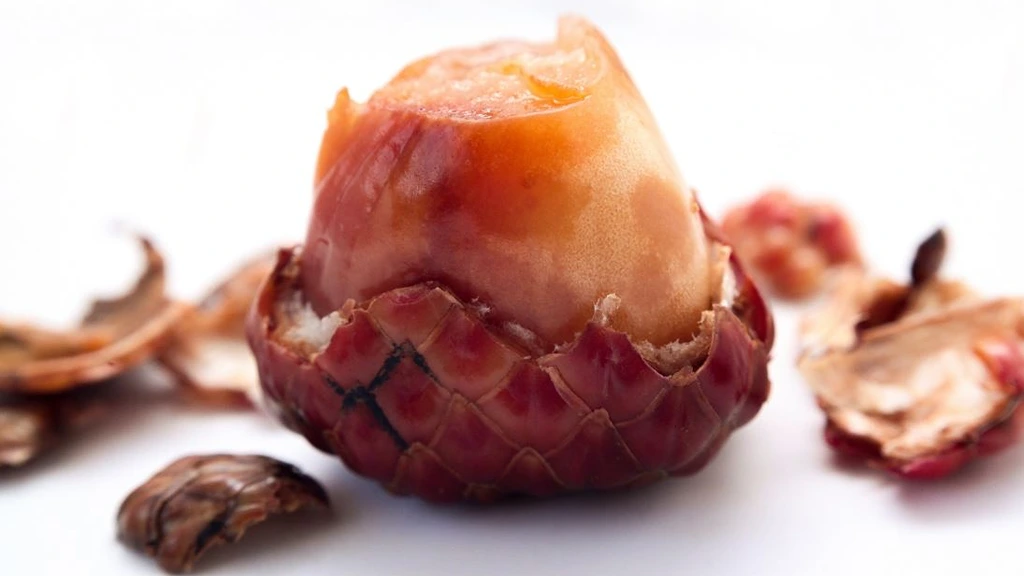
Kelubi fruit is often found in Sumatra Province. More precisely in the areas of Bangka, Riau, Jambi and Lampung. Several areas in South Sumatra usually use kelubi as a mixture of shrimp paste chili sauce. Meanwhile, in East Kalimantan, kelubi is often used as a sweet.
This Kelubi fruit is similar to salak fruit so it is often called jungle salak. The taste tends to be sour but refreshing.
The vitamin C content in it can increase the body’s immunity and help lower high blood pressure. The fiber and antioxidant content can be used to shrink skin pores by smoothing it and making it a face mask. However, we need to consult a doctor before using it.
13. Lai
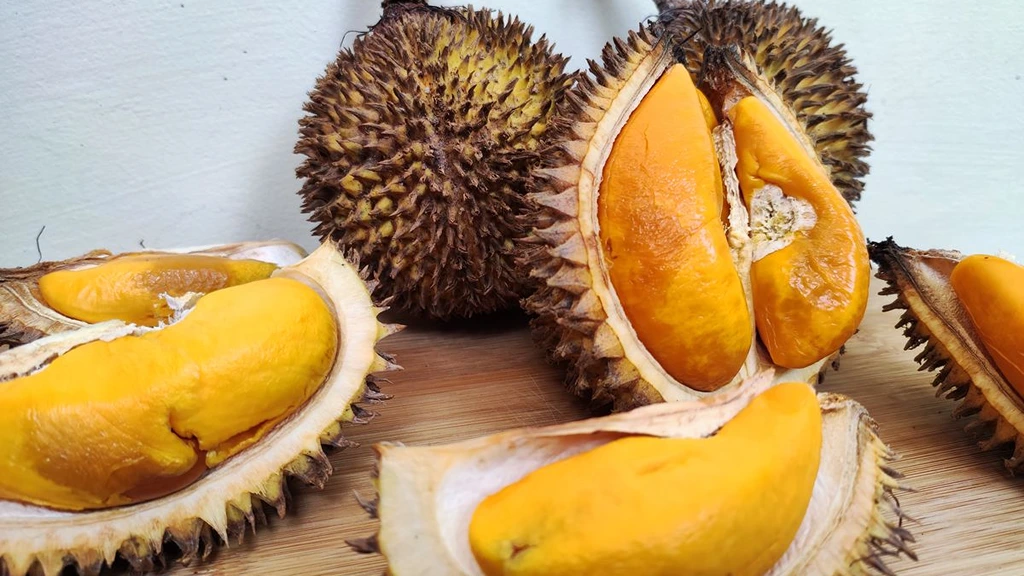
Lai fruit is a fruit that comes from East Kalimantan and lives in tropical forest areas. This fruit is known to be in the same family as and is also known as Kuning, Durian Tinggang, Durian Pulu, Nyekak, Ruas, Sekawi, and others.
Although its appearance is similar to Durian, this fruit does not produce a pungent odor like in general. Its shape is also relatively smaller with a more striking yellow flesh color.
This fruit has a myriad of benefits, namely its high fiber content, potassium, vitamin C, and vitamin B complex. Because of its rich fiber, this fruit can be used as a daily source of energy and its vitamin C content can also be used as an anti-inflammatory due to viral or bacterial infections and can increase the body’s immune system.
14. Manau
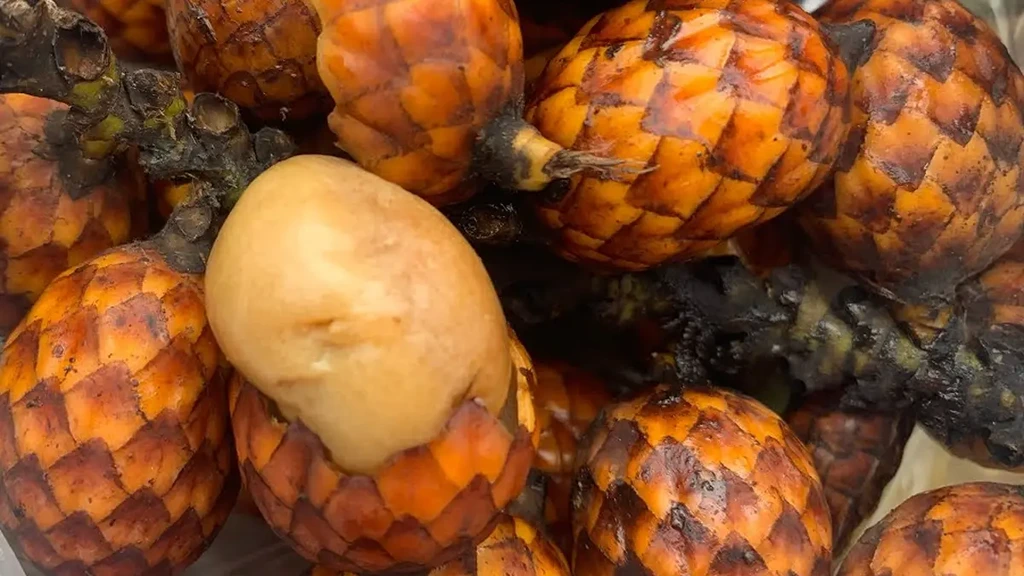
Manau is the fruit of a rattan tree that grows around Bangka, Belitung, Kalimantan. Manau fruit or called rattan fruit has the Latin name Calamae sp. and is often found on riverbanks, rainforests, and watery peatlands. It is not uncommon for this fruit to also be found in hills with an altitude of 430-550 meters above sea level.
At first glance it looks like a salak fruit because it is scaly, but its size is smaller and oval in shape. The taste of the manau fruit is not so sweet and makes the tongue vibrate because it tends to be bitter and astringent. Usually manau is processed into pickles.
With the iron and calcium content in it, Manau fruit is good for muscle health, maintaining bone density and dental health. In addition to being rich in vitamin C and antioxidants, this fruit can also help maintain skin moisture and improve the immune system.
15. Lobi-lobi
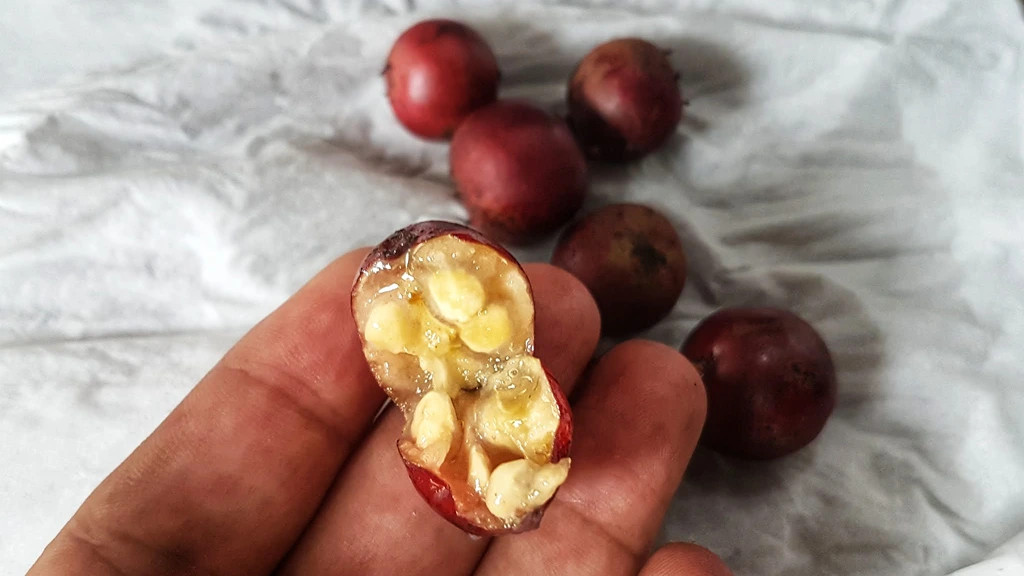
Lobi-lobi (Flacourtia inermis) is a type of fruit that comes from tropical Asian countries. In Indonesia, this fruit usually grows near tropical lakes, such as in the Sumatra region.
The taste of lobi-lobi fruit tends to be sour and slightly sweet. This lobi-lobi fruit is very suitable for rujak, processed into sweets, pickles, and jam.
Lobi-lobi fruit contains many benefits, one of which is maintaining kidney health. The content of phenol and flavonoid antioxidants is also able to fight free radicals that interfere with kidney function. Not only that, Lobi-lobi fruit can be used as a prevention against diabetes and cancer.
Which fruit do you want to try? Have you ever tried any of these fruits? Tell us in the comments section below!


